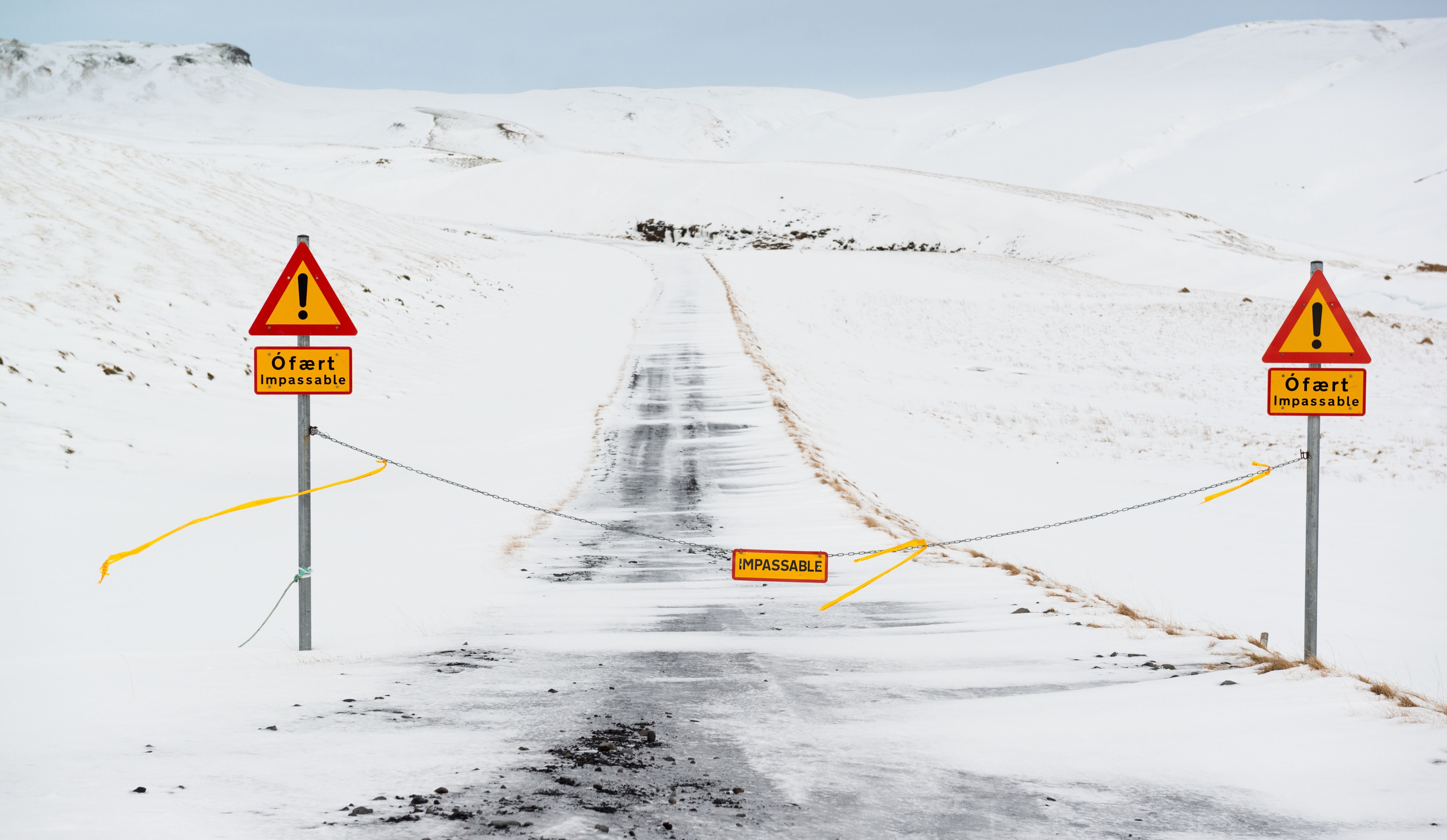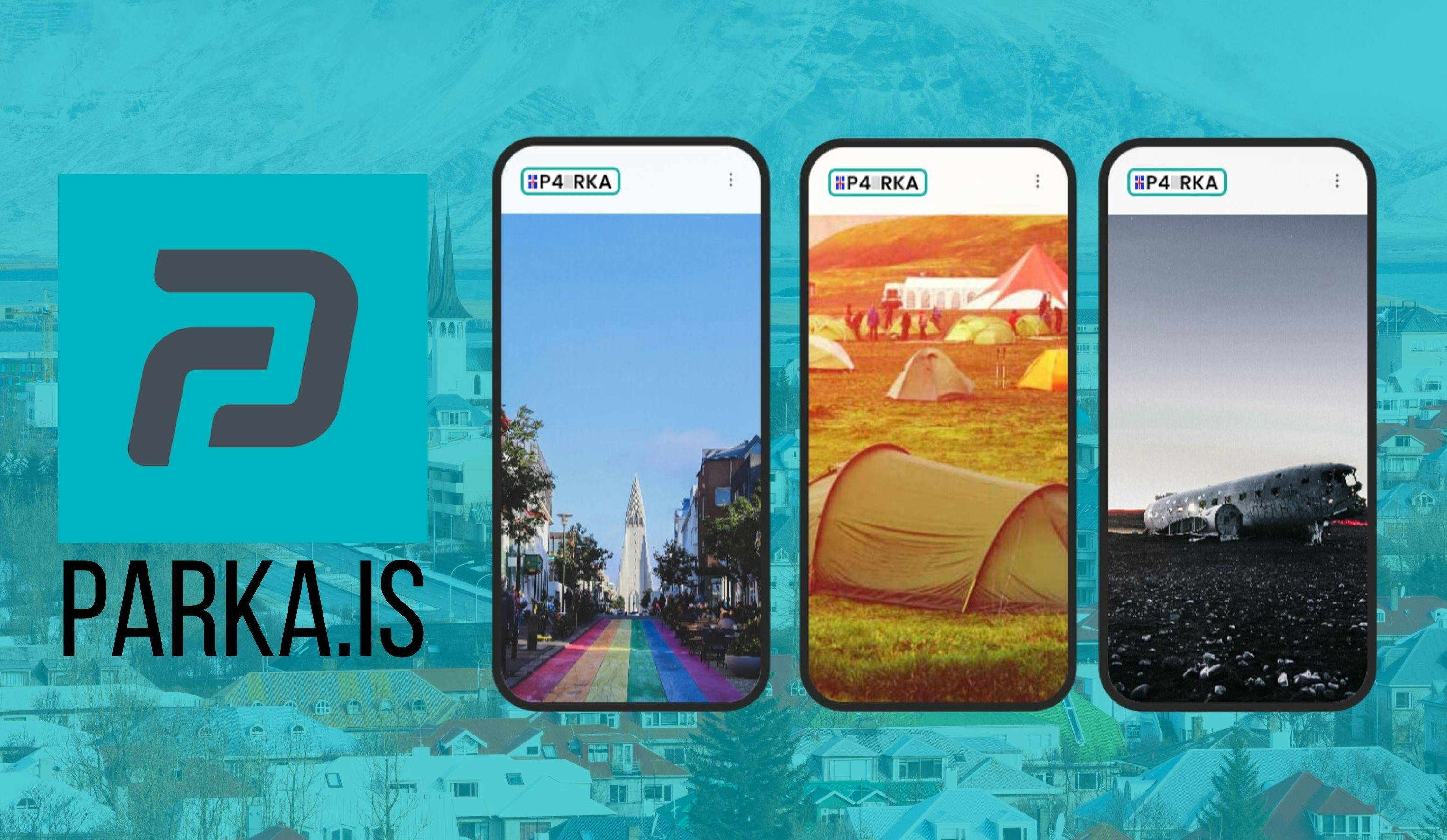
Driving in Iceland
Driving in Iceland FAQ
Welcome to Iceland, where every road leads to adventure and every journey is a story waiting to be told. As you prepare to explore our island nation's majestic landscapes and breath-taking vistas, it's essential to arm yourself with the knowledge and resources necessary for a safe and memorable road trip. In this comprehensive guide, we'll navigate through Iceland's road network, highlighting important information from the Icelandic Road and Coastal Administration (IRCA) website to ensure your travels are as enriching as they are responsible.
Driving Essentials: Rules of the Road
In Iceland, driving is a privilege and a responsibility. We drive on the right side of the road, adhering to speed limits that vary depending on the type of road and location. In urban areas, speed limits typically range from 30 to 50 km/h, while on rural roads, speeds can reach up to 90 km/h on paved roads and 80 km/h on gravel roads. Always keep a vigilant eye out for unique Icelandic road signs, such as those indicating single-lane bridges, icy roads, or sheep crossings. And don't forget to buckle up – seat belts are mandatory for all occupants of the vehicle.
Road Conditions: Navigating Iceland's Varied Terrain
Iceland's roads are as diverse as its landscapes, offering everything from smooth highways to rugged mountain passes. Before embarking on your journey, it's crucial to check the current road conditions at the IRCA website. Here, you'll find real-time updates on road closures, weather conditions, and any other potential hazards that may affect your travel plans. From snow-covered roads to impassable mountain passes, the IRCA website provides invaluable information to help you navigate Iceland's ever-changing terrain safely.
Safety Tips: Ensuring a Secure Journey
Safety is paramount on Icelandic roads, where weather conditions can change in an instant. Always inform someone of your travel plans before setting out, especially if you're venturing into remote areas. When driving, exercise caution and be prepared for unexpected encounters, whether it's wildlife crossing the road or sudden changes in weather. In case of emergencies, dial 112 to reach emergency services for immediate assistance.
Road signs and their meaning
Speed Limit Signs:
Speed limit signs in Iceland are round with a red border and black numbers indicating the maximum speed permitted in kilometres per hour (km/h). Speed limits vary depending on the type of road and location, with lower limits in urban areas and higher limits on rural highways.

Single-Lane Bridge Signs:
Single-lane bridge signs are easily recognizable by their triangular shape and symbol depicting a bridge narrowing to a single lane. These signs warn drivers of upcoming narrow bridges where only one vehicle can pass at a time, requiring caution and yielding to oncoming traffic.

Animal Crossing Signs:
Given Iceland's rural landscape, animal crossing signs are common, particularly for sheep. These signs feature a symbol of a sheep and indicate areas where sheep may roam freely or cross the road. Drivers should slow down and be prepared to stop for animals crossing the road, especially during the spring and summer months when sheep are grazing in open fields.

Closed Road:
The closed road sign in Iceland is a rectangular red and white sign featuring a diagonal red line across the center, symbolizing a road closure. This sign serves as a clear indication to drivers that the road ahead is closed and impassable, either due to adverse weather conditions, maintenance work, or other hazards.
When encountering a closed road sign, drivers must adhere to the closure and seek an alternative route to reach their destination safely. Ignoring road closures can not only result in fines but also pose significant safety risks, as closed roads may be unsafe for travel due to adverse conditions or ongoing construction activities.

Gravel Road:
The gravel road ahead sign in Iceland is a distinctive yellow diamond-shaped sign featuring a symbol of a gravel road. This sign serves as a warning to drivers that the upcoming road surface will transition from paved asphalt to gravel. Gravel roads are common in rural areas of Iceland and present unique driving challenges due to their uneven surface and loose gravel.
When encountering the gravel road ahead sign, drivers should exercise caution and adjust their driving behavior accordingly. Gravel roads can be more slippery than paved surfaces, especially during inclement weather or after rain, making it essential to reduce speed and increase following distances to maintain control of the vehicle.
Additionally, drivers should be prepared for potential hazards such as potholes, rocks, and uneven terrain that may require evasive action or careful navigation. Keeping headlights on and avoiding sudden maneuvers can help enhance visibility and reduce the risk of accidents on gravel roads.
 |  |
Fuel and Charging Stations: Powering Your Adventure
Fuelling your Icelandic adventure is easy with the help of the IRCA website, which provides information on petrol stations and electric vehicle charging stations across the country. Whether you're driving a traditional petrol vehicle or an electric car, you can use the website to locate nearby fuelling options, including self-service petrol stations and electric vehicle charging points. With this information at your fingertips, you can ensure that your journey remains uninterrupted and sustainable.
Parking and Restrictions: Respecting Icelandic Regulations
Respect parking regulations to avoid fines and preserve Iceland's natural beauty. In urban areas like Reykjavik, pay attention to parking zones and fees, and always park in designated areas to avoid obstructing traffic or damaging the environment. When visiting nature reserves or protected areas, follow signage and restrictions to protect fragile ecosystems and wildlife habitats. Check out or blog for more information regarding parking.
Local Customs and Etiquette: Driving with Icelandic Hospitality
Experience the warmth and hospitality of Icelanders as you traverse our roads. Be courteous to other drivers, yield to pedestrians, and follow local customs and etiquette. By respecting our culture and environment, you'll forge meaningful connections and leave a positive impression on the communities you encounter.
Emergency Procedures: Prioritizing Safety
In case of emergencies, dial 112 for immediate assistance. Whether you need medical assistance, roadside help, or police intervention, emergency services are available 24/7 to ensure your safety and well-being. For vehicle-related issues, contact your rental agency or roadside assistance provider for guidance and support.
As you embark on your Icelandic road trip armed with the valuable information provided by the Icelandic Road and Coastal Administration website, may your journey be filled with adventure, discovery, and a deep appreciation for the natural wonders of our remarkable island nation.
Safe travels!
POPULAR ACTIVITIESPowered by:

We recommend booking tours and activities with our friends at Reykjavík Tourist Info. They offer all the most popular things to do, and their prices are always great. Here are a few of our favorite tours.
On their site you can see everything they have to offer: www.RTI.is
EXPLORE FURTHER

Snowmobiling in Iceland: A Thrilling Arctic Adventure

A Journey Into the Heart of Iceland's Glaciers: The Magical World of Ice Caves

East Iceland: A Haven for Outdoor Enthusiasts and Nature Lovers

Celebrating New Year’s Eve in Reykjavik

The Luxurious Geothermal Baths of Iceland: A Gateway to Bliss

Beginner-Friendly Hiking Trails to Explore

Iceland: The Ultimate Family Adventure Destination

The Skrimslis "Create Your Own Monster" Experience
Hear from Our Customers
Welcome to Our Community - your hub for insightful reviews and authentic opinions. Join us in shaping the conversation where your voice matters!




